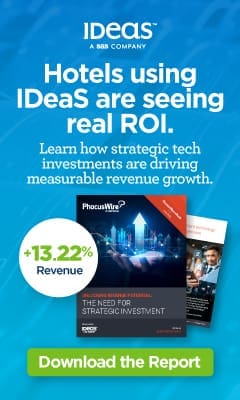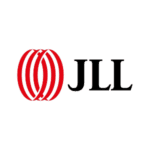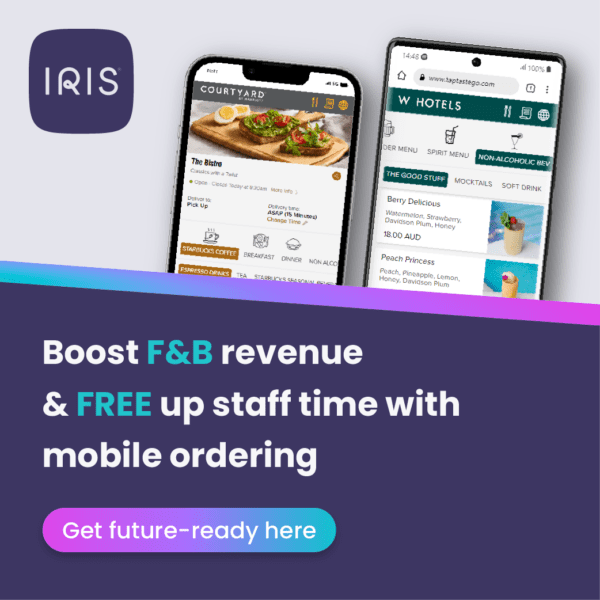 Which aspects of life and business has the pandemic not impacted? It’s hard to come up with any. Especially when you look at the hospitality industry, barely anything is as it was one or two years ago.
Which aspects of life and business has the pandemic not impacted? It’s hard to come up with any. Especially when you look at the hospitality industry, barely anything is as it was one or two years ago.
One thing has become even more important though: a revenue manager’s ability to understand the market, predict demand and form an optimized, adaptable pricing strategy.
Running your property without this is like letting go of your ship’s rudder in the middle of a storm.
But where do you get the data you need to take back control of your rudder and steer your business through these uncertain times?
Adapting to a changed demand landscape
Many areas saw positive developments in 2021. Still, the demand landscape in most markets has changed greatly since 2019.
Smaller booking windows, different primary source markets and shifts in guest priorities (e.g. concerning cancellation policies and value propositions) have made the market less predictable and more challenging for revenue managers. Without trustworthy data points to use for forecasts, things become even more challenging.
The good news is that well-grounded rate and distribution decisions are still possible, even in difficult times. Previously, you may have looked for key insights in your historical data. Unfortunately, it’s not as reliable as it used to be. That means looking at broader data sets to forecast demand and determine optimal rates. The best way to do that is by harnessing the power of future-facing data.
Why historical data isn’t the be-all and end-all anymore
What used to be known as almost fixed travel trends, was completely upset in early 2020. Today, restrictions and countries’ entry requirements shape travel and destination choices more than holiday seasons and promotions.
Booking windows are also drastically different as people prefer to reserve last-minute to avoid losing money due to sudden new travel regulations. Even what used to be high and low seasons have changed as travellers avoid long-haul flights and the meetings industry is only restarting slowly.
All these factors together reduce the importance of historical data and the information it provides. Yes, it can still indicate which results you can achieve at your hotel, so it still holds value. However, due to the many changes in the markets, live, future-facing demand data should now take centre stage in your pricing strategy. In the future, it will be essential to determine optimal prices, win reservations and generate maximum revenue.
Diving into forward-looking demand data
Forward-looking data is top-of-funnel data that allows you to predict upcoming demand and trends in the market. Using real-time future-facing data is the key to quick responses to market shifts and seizing all chances to drive revenue.
Below, you’ll find some examples of forward-looking data:
- Search volume for flights and hotels on OTAs and search engines
- Activity on alternative lodging and meta-review sites
- Events and holidays in your area and your primary source markets
- Search pressure on search engines
- Competitor insights (e.g. pricing for the coming days/weeks/months, availability, predicted arrivals in a destination)
As you probably know from experience, gathering and structuring this data manually is time- and energy-intensive. This means you often miss revenue opportunities even though you’re putting in the effort.
Using a business intelligence solution to gather and present this data for you is the most effective and efficient solution. This frees you up to spend more time on in-depth analysis and decision-making.
Three advantages of leveraging forward-looking data to form revenue and distribution strategies
Using future-facing data in revenue management brings many benefits. These are the three most important ones:
1. Chance to realise more revenue opportunities
Future-facing data shows you the earliest signs of demand, e.g. people’s flight or hotel searches. Getting a heads-up on this early on, allows you to adapt your rates, so you can capitalise on demand shifts. Supply your revenue management system (RMS) with this information, so it can use it for automatic rate updates.
2. More precise forecasting
As long as historical data remains unreliable, using future-facing data is the best way to create trustworthy forecasts. The external information will create a broader and more precise result.
3. Targeted promotions and ad campaigns
Source market data shows you where travellers are researching your destination right now. It can also reveal which guest demographic is searching, how long they want to stay and which days of the week they want to travel on.
Fully capitalising on future-facing data by feeding it into your RMS
To summarise, forward-looking data is an important tool to create a clear picture of the market and to build long-term pricing strategies. This allows you to get ready for travel rebound and regular travel seasons in the future.
But you can do way more with future-facing data. For example, you can use it to continuously update your prices in real-time whenever demand shifts. There are two ways you can do that.
- Manually collect and analyse the data and price your rooms accordingly.
- Use an RMS that updates your rates automatically in real-time based on live future-facing data.
As you can imagine, option two is quicker and brings better results.
Now the question is how you can implement it and what else you can do to maximise your results with forward-looking data.
Download Atomize’s new eBook The Ultimate Guide to Using Forward-Looking Demand Data to Maximize Revenue for detailed guidance.
In this free eBook you’ll find out:
- How future-facing demand insights benefit your entire operation (e.g. with a higher ADR and an increased ROI on marketing spend)
- Which tools can automate the collection and use of future-facing information (they’re way less difficult or pricey than you may think!)
- Which benefits and results you’re likely to see at your property (hotels that are already following our advice and experienced RevPAR boosts between 5% and 20%)
If you’d like similar results at your hotel, download the free eBook now and let forward-looking data work for you.
The time is now!


















